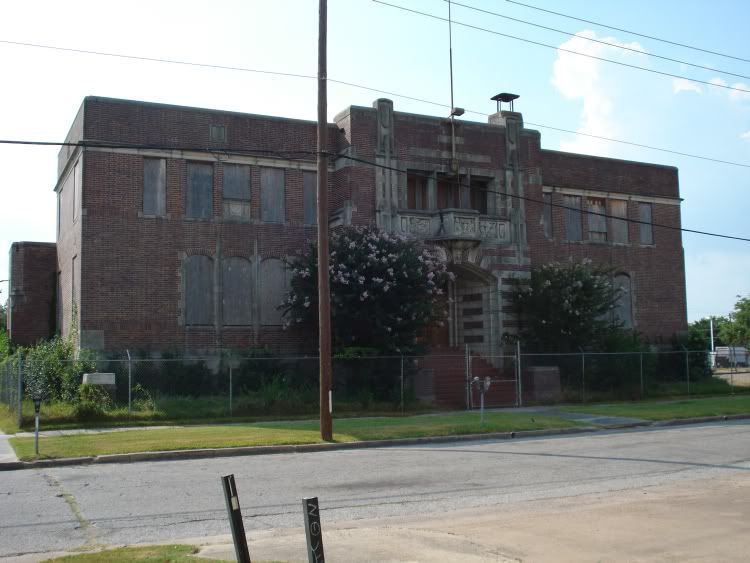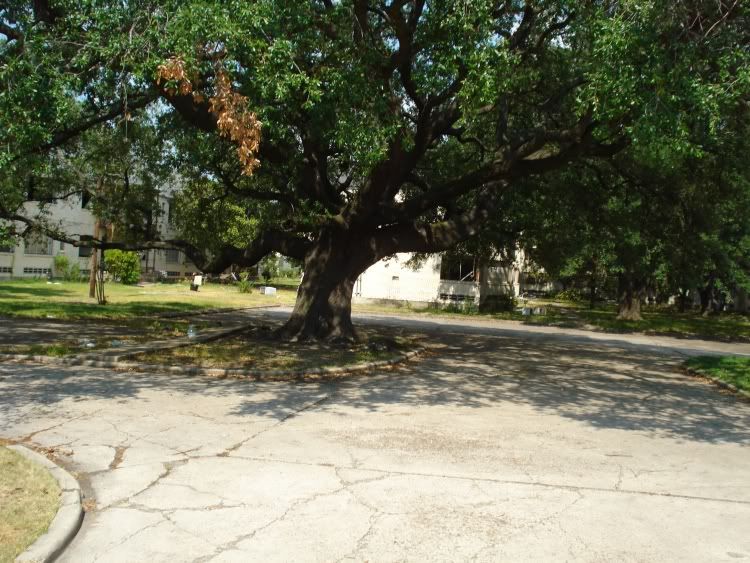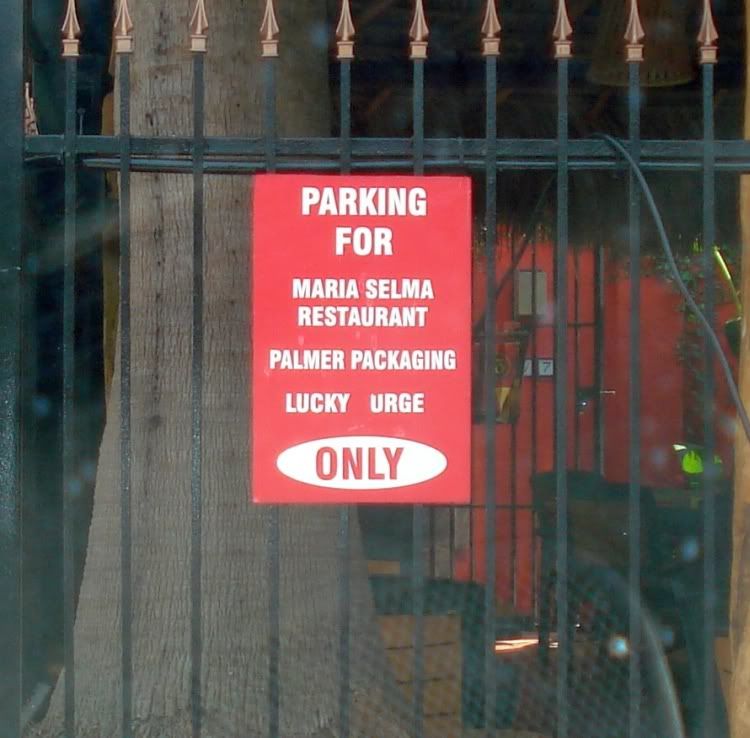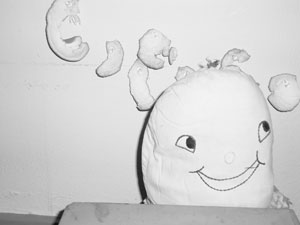A Review of Oil 101
I am relatively new to the energy business. One of the things I had to do as soon as I started was to take a course given by Baker-Hughes about all the stages of the oil and gas business. It wasn't a bad course, but I now think it would have been better for me just to read Oil 101 by Morgan Downey.
Downey is an energy trader, and in a sense, Oil 101 is everything that he thinks an energy trader should know about the commodity he is trading.
Downey starts with a history of oil, which shouldn't be too much of a revelation if one has read The Prize. Nonetheless, he managed to surprise me with some of his stats. For instance, he is fairly blunt in saying that for most of its history, the price of oil has been under someone's control (not under the market's control). From 1870 to 1911, Standard Oil set the world price for oil. From 1931 to 1971, it was the Texas Railroad Commission. OPEC took over in 1971, and managed to control it until the crash of 1985. At that point, even though OPEC attempts to control oil prices through production quotas, the market itself is in charge. When he talks about the future of energy, he is pretty clear-eyed about the difficulties involved in finding substitutes for fossil fuels (and oil in particular).
The scale of oil consumption today is truly massive. For instance, in order to produce sufficient nuclear energy to completely offset modern oil use, one would have to build an additional 4,000 1.5 gigawatt (GW) nuclear power stations globally. Today there are approximately 440 reactors around the world with a combined capacity of 363GW. With 4,000 new reactors using current technology, all known uranium reserves would be depleted in just over 10 years.(Of course, the thing with reserves is that often as the price of the commodity increases, the reserves increase as well as marginal reserves become economically viable*.)
The next two chapters talk about how we describe crude oil, the different varieties of the stuff, and just what is in crude oil. Chapter 4 gets into the chemistry of oil. If this chapter doesn't help you remember your high school chemistry class, nothing will. But Morgan impresses on one the notion of what a hydrocarbon is, and that the more carbon atoms there are in a hydrocarbon, the heavier it will be. These different hydrocarbon molecules will become important in later chapters on refining and finished products.
But before we go there, there is a chapter on the oil industry. Downey talks first about upstream (AKA exploration and production or E&P) and the national oil companies (NOCs), which control most of the production in the world. If you wonder why companies like Halliburton and Schlumberger are so big and important today, it's because they hire out their technical services to the NOCs (and other oil companies); in the old days, the majors did much of that stuff internally. Obviously any discussion of the NOCs means a discussion of OPEC, which he gives in some detail--how it works, its limitations, its members' compliance with production limits, its spare capacity, etc. The non-OPEC NOCs are discussed, along with the majors, the smaller integrated oil companies, and the independents. The discussion of the midstream (tankers and pipelines) and downstream parts of the industry are relatively brief because these will be discussed in their own chapters later on. But he nonetheless manages to say some provocative things (in his pithy way). For example,
[i]n the US, there was a boom in domestic refinery construction during the 1970s, due to the US government's Crude Oil Entitlement Program, which ran from 1974 to 1981. The program encouraged the building of small inefficient refineries which quickly closed down when US domestic crude oil price controls were eliminated in 1981.These contentions are not likely to please any reader, liberal or conservative. Ha! Those of you who read past the spoilers warning in my review of Black Water Rising will recall that the closing of refineries in 1981 was a minor plot point in that novel.
Very few refineries have been built over the past 25 years in the US due to the massive excess in global capacity added in the 1970s and it is only in the past few years that refiners have had decent profits. Due to capacity and complexity creep [discussed earlier in the chapter], US refinery throughput has not declined despite the reduction of the number of refineries.
The chapter on E&P starts with business practices of E&P companies (including NOCs), including joint ventures, production sharing agreements, etc. There is a good deal about the geology of oil (including an aside on the abiogenic theory of oil) and about exploration techniques. Drilling, casing, and completions are described. The special issues of offshore drilling and directional drilling are given sections. Since this is the business I am in, this chapter was the least interesting--but it is a nice review of what all is involved.
The next two chapters, on refining and finished products, are pretty technical (the chemistry chapter and chapter on options were also technical, but nothing is written at a level above an intelligent layman). Downey discusses how distilling, cracking, combining and the other functions of a refinery work, and why these various chemical processes are used. The next chapter goes through every product that might come out of a refinery, what they are called, what they are used for, and details about the market for each. Some of these products consist of molecules of a single chemical (methane, ethane, butane, propane), but most products are mixtures of hydrocarbons that are more-or-less the same weight. Gasoline, for example, consists of a mixture of hydrocarbon molecules ranging from three carbon atoms to 12 carbon atoms (plus hydrogen, of course). Different crudes contain a range of hydrocarbons, from the smallest to very large ones. Gasoline is a light range product--this can be seen in its light color and by the fact that it evaporates at a fairly low temperature. Jet fuel and heating oil are called "middle distillates," and generally contain larger hydrocarbon molecules than gasoline.
Because jet fuel and heating oil come out of the same part of the barrel, so to speak, they compete with each other more so than with gasoline. So since the demand for heating oil goes up as winter approaches, the price of jet fuel (which is not a seasonal product) increases at the same time. This is something that Downey points out--that all these finished products are competing against one another. Because gasoline is the most consumed part of the barrel, it forces the prices of all the other products up.
When valuing an oil company, or making strategic decisions about the future availability of oil, one needs to understand reserves. Reserves are an oil company's main asset, but unlike assets in other industries, reserves have a probabilistic value (this varies by what accounting standard is required). You have reserves that based on seismic analysis and/or test wells you feel have a 50% chance of containing X amount of recoverable oil. To make things more complicated, the reserves will rise or fall with the price of oil--because reserves only count if they are economically recoverable.
His chapters on environmental regulations and new engine technologies include contrarian views that will again rub the received "wisdom" of both liberals and conservatives wrong. The last chapters, on oil prices, futures, and options, get to Downey's primary expertise. He gives a good summary of how spot prices are arrived at, and how futures contracts work--both in the broad sense, but actually step by step how an airline would use a specific forward agreement to hedge spot jet fuel in Europe--he describes who the trader for the airline calls, who the counterparty is, and how the contract is closed out (for cash, not for actual fuel).
If any chapter is going to completely lose readers, it will be the chapter on options. He discusses the "greeks", which are derivatives of various variables in the Black-Scholes equation, and I fear that if you don't know how the B-S equation works and can't remember much calculus, you will just not understand his description of why the greeks are important to option traders.
The usefulness of this book is as a handbook that one can use for reference. However, to get the most out of it, I recommend reading it from cover to cover. You won't be able to absorb every fact, but when you need to look up something, you'll know both what to look for and where. While I emphasized some of Downey's controversial or contrarian statements, most of Oil 101 is pure, uncontroversial fact. Downey is a low-key writer whose style is typified by clarity and brevity. Likewise the graphs and tables are very minimal and easy to read. The book is very up-to-date (it includes facts up to early 2009), but you can get even more timely information from his blog, Scarce Whales.
Since I am in the natural gas business, I would have liked more discussion of that. So much about natural gas overlaps with oil, so he could have included almost everything you need to know about natural gas by simply fattening most of the existing chapters. But this is a minor quibble. Oil 101 is an excellent handbook, and should be on the desk of anyone in the oil (or gas) industry, regardless of where in the value chain you are.
*For example, if the price of uranium goes up enough, mining the uranium mentioned in this article might become a viable option.



































